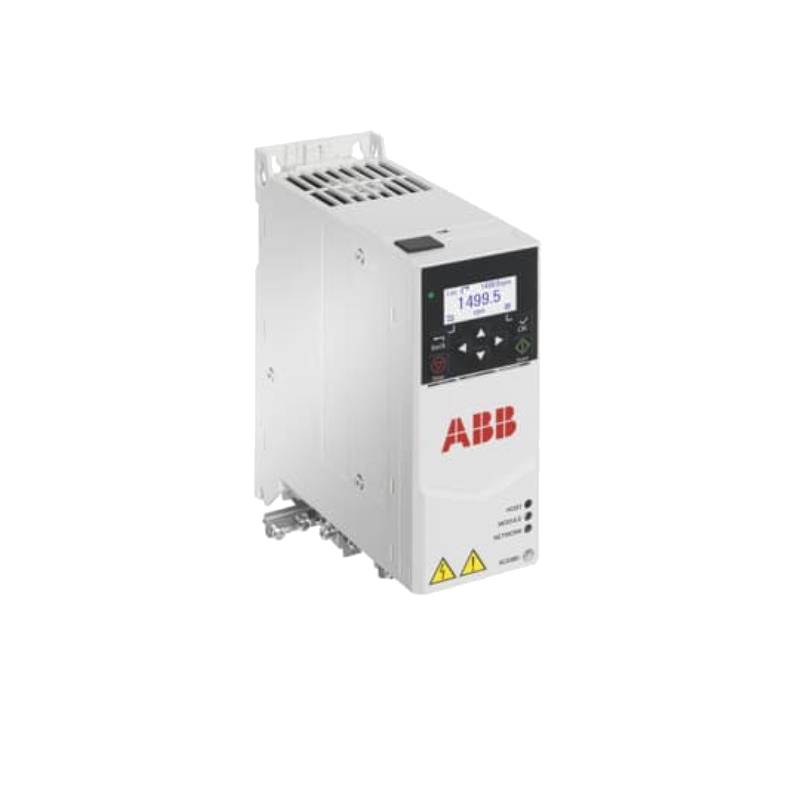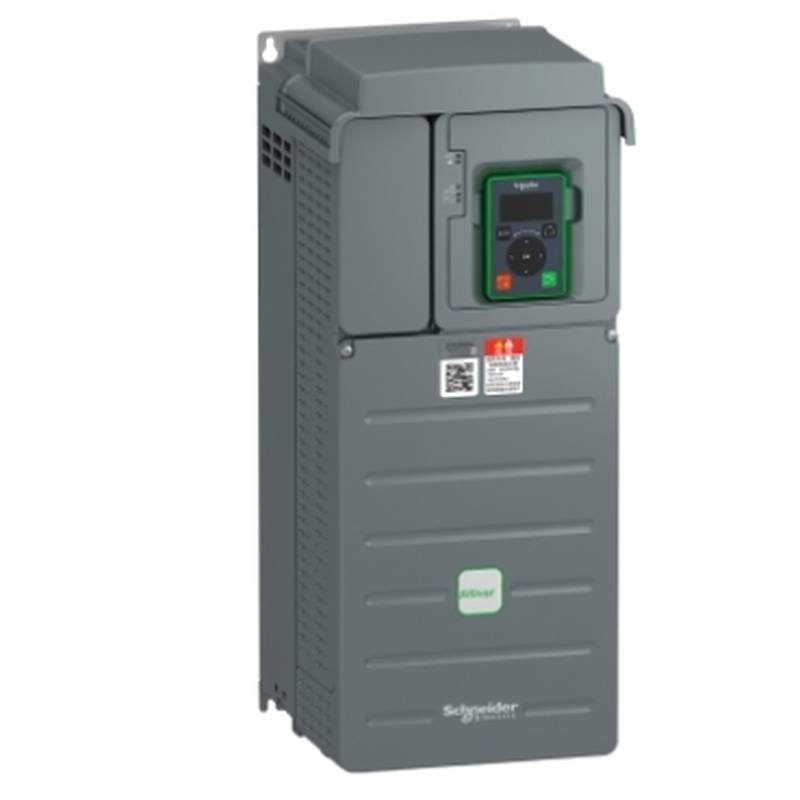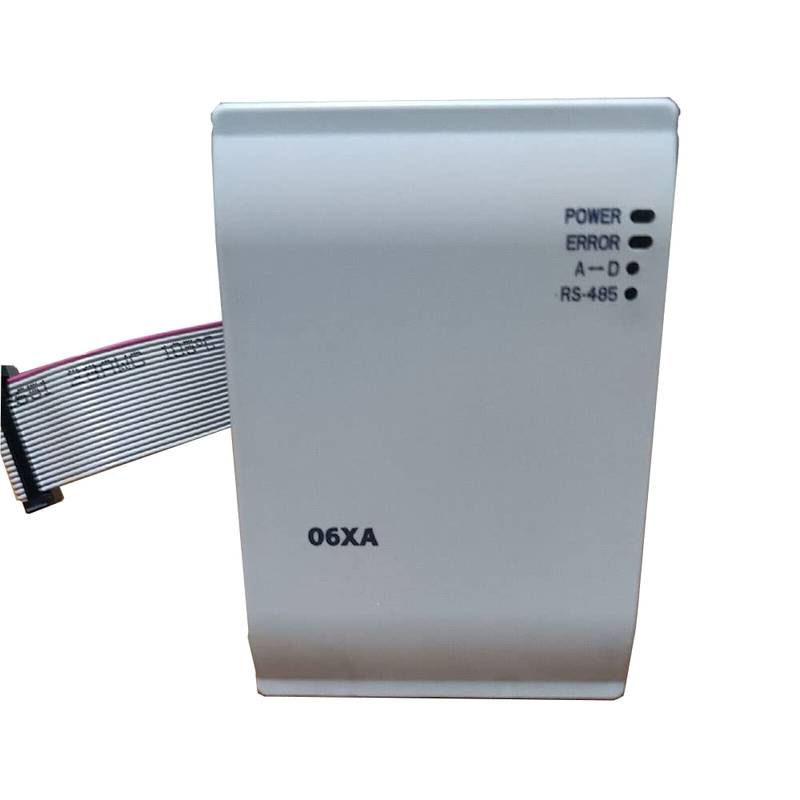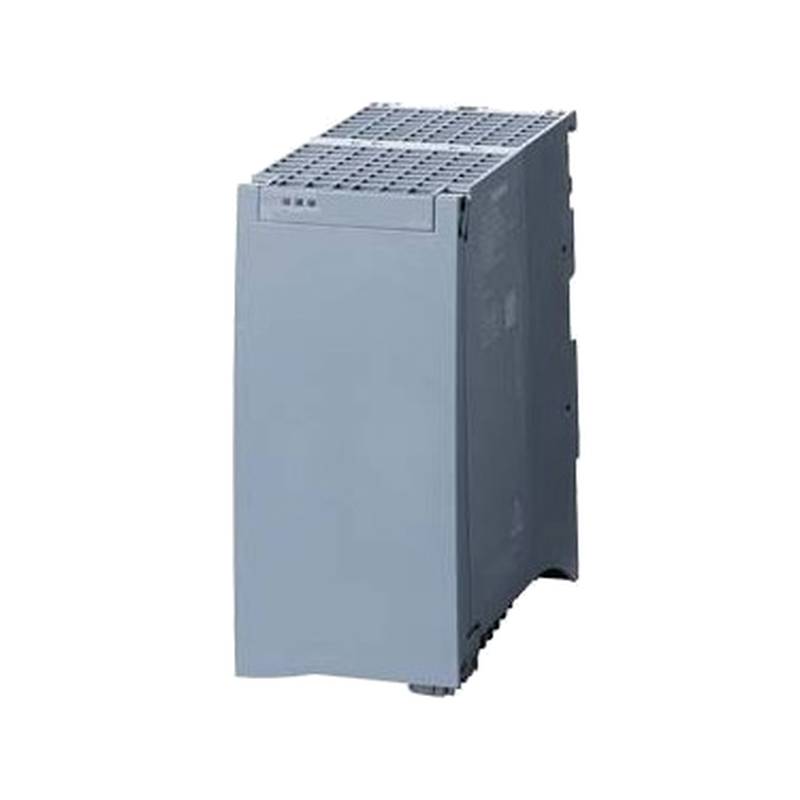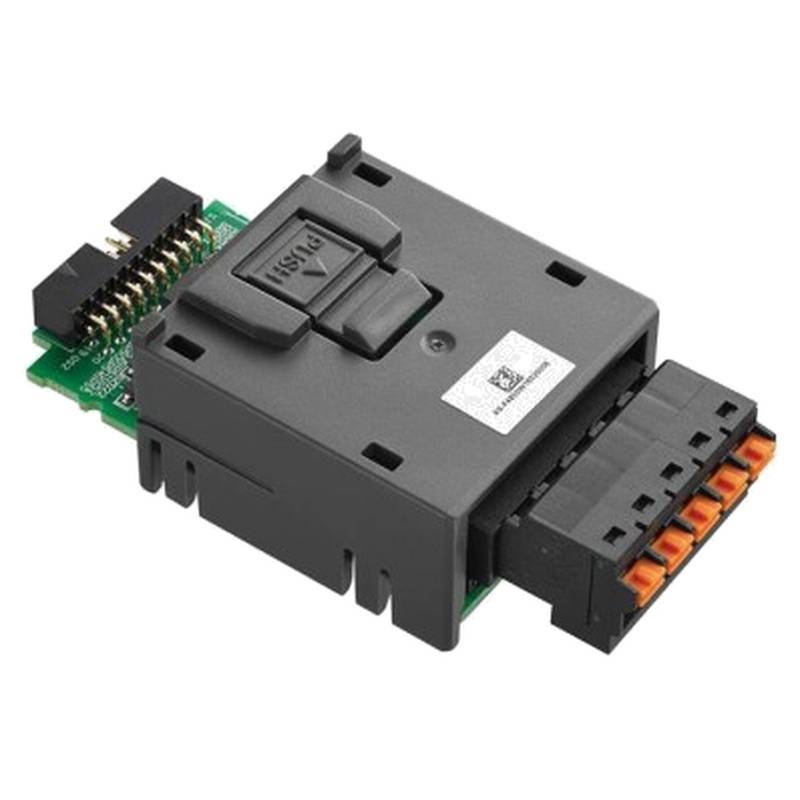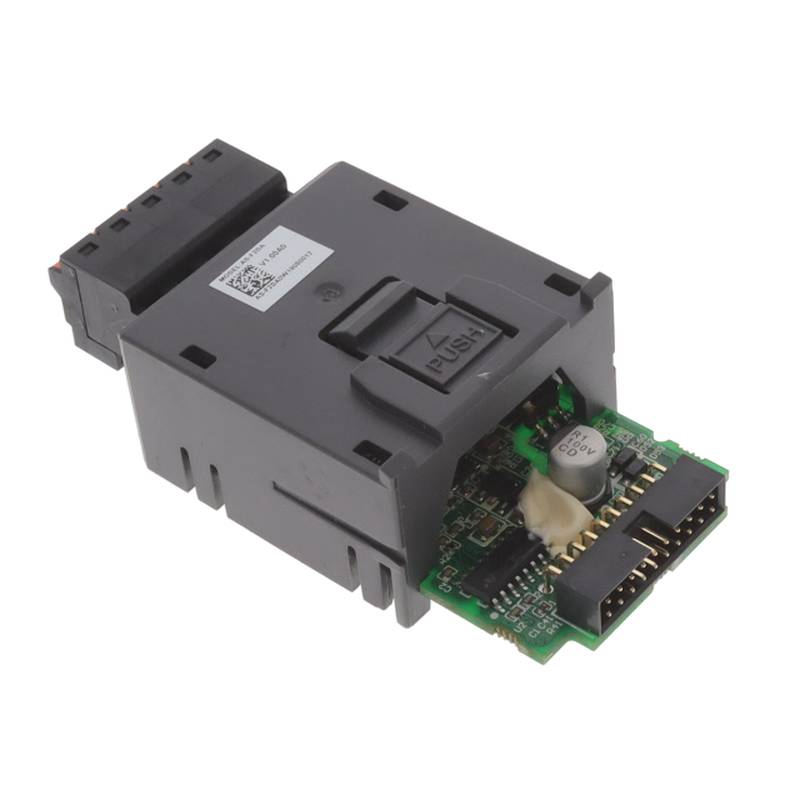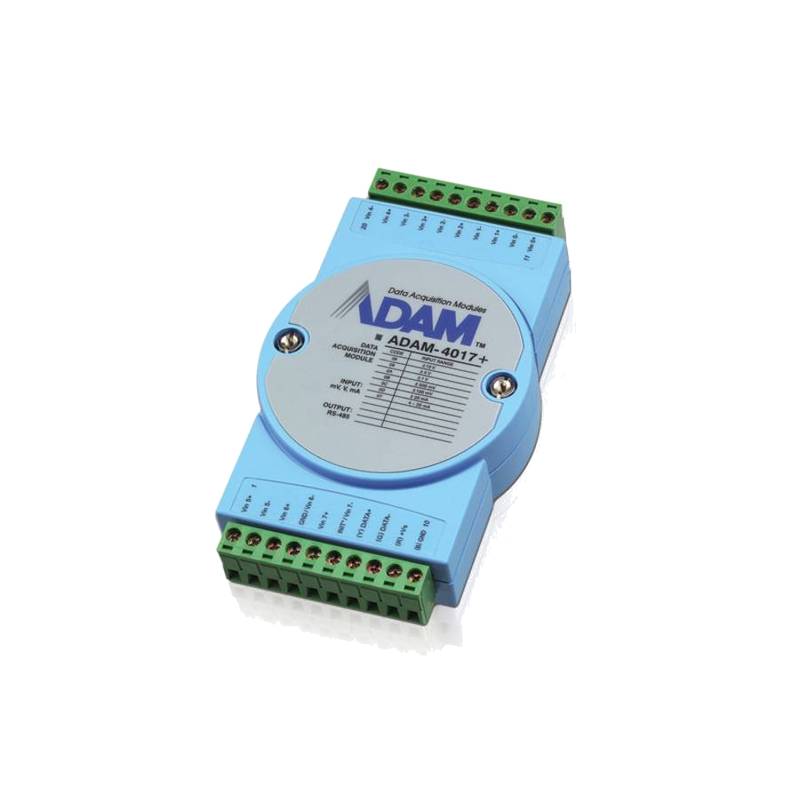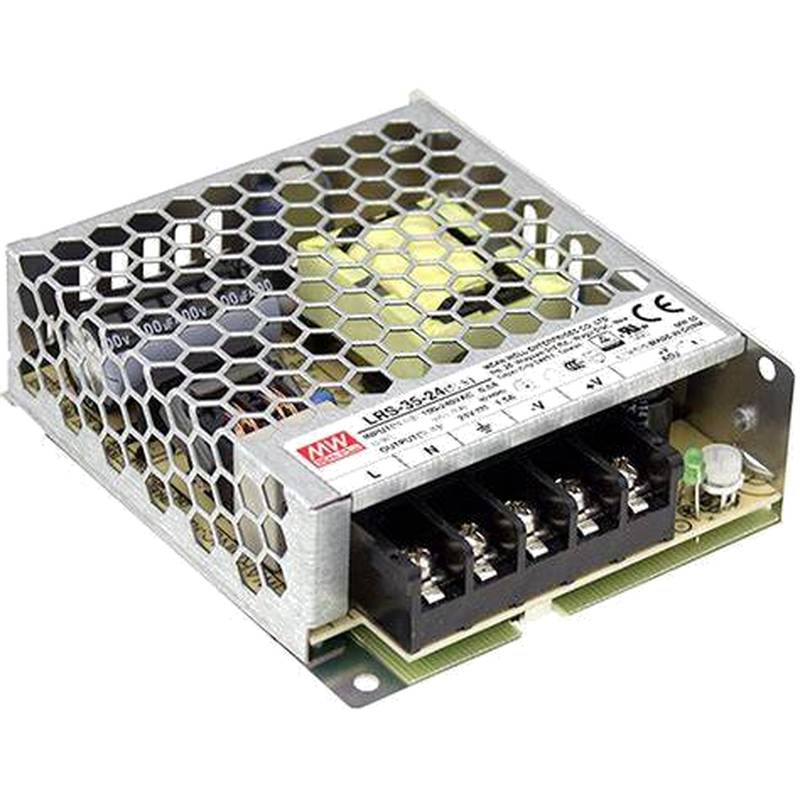
The Siemens 5SY6110-7CC is a single-pole, 10A air circuit breaker designed for industrial and civil applications, offering robust protection and reliable performance. Its key advantages include high breaking capacity, superior contact protection, and a compact design, making it a versatile solution for various electrical distribution systems. Technical parameters showcase its suitability for demanding environments, with a rated voltage of 230/400V AC and a rated current of 10A. The 5SY series breakers are engineered with advanced thermal-magnetic trip units, ensuring precise overload and short-circuit protection, thus safeguarding sensitive equipment and personnel.
Product Specifications
| Feature | Specification |
| :------------------- | :------------------------- |
| Product Type | Air Circuit Breaker |
| Manufacturer | Siemens |
| Series | 5SY6 |
| Model Number | 5SY6110-7CC |
| Number of Poles | 1P (Single Pole) |
| Rated Current (In) | 10A |
| Rated Voltage (Ue) | 230/400V AC |
| Breaking Capacity (Icu)| 6kA |
| Tripping Characteristic | C |
| Frequency | 50/60 Hz |
| Insulation Voltage | 500V |
| Degree of Protection | IP20 |
| Mounting Type | DIN Rail |
Core Features & Market Positioning
The Siemens 5SY6110-7CC stands out in the market due to its robust construction and advanced tripping technology. Unlike basic miniature circuit breakers, this air circuit breaker incorporates a sophisticated thermal-magnetic release mechanism that provides dual protection against sustained overloads and instantaneous short circuits. This ensures a higher level of safety and operational continuity, critical in industrial settings where equipment downtime can be exceptionally costly. Its market positioning is further solidified by Siemens' reputation for quality and reliability, making it a preferred choice for engineers and specifiers prioritizing long-term performance and safety compliance. The "C" tripping characteristic offers a balance between sensitivity to faults and immunity to nuisance tripping caused by inrush currents, a common challenge in motor control circuits and lighting systems.
Key Application Scenarios
This single-pole Siemens 5SY6110-7CC air circuit breaker is ideally suited for protecting individual circuits within industrial facilities, commercial buildings, and even advanced residential complexes. Common application scenarios include safeguarding lighting circuits, power outlets, small motor loads, and control circuits where a 10A current rating and single-pole isolation are required. Its compact footprint and DIN rail mounting make it a straightforward choice for integration into distribution boards, control panels, and modular electrical enclosures, facilitating neat and efficient wiring. The 6kA breaking capacity is sufficient for many civil and light industrial applications, providing essential protection against fault conditions without over-specifying.
Practical System Integration Guidance
Integrating the Siemens 5SY6110-7CC into existing electrical systems is a streamlined process, primarily due to its standard DIN rail mounting and straightforward terminal connections. For installation, ensure the main power supply is de-energized. The breaker connects to the upstream power source via its line terminal and to the downstream load via its load terminal. Proper torque must be applied to the terminals to ensure secure electrical contact and prevent overheating. While the 5SY6110-7CC does not require complex programming, understanding its C-curve tripping characteristic is vital. This curve is designed to trip between 5 to 10 times the rated current, making it suitable for loads with moderate inrush currents like fluorescent lighting or small motors, but it will react swiftly to short circuits.
Operation and Risk Mitigation
Operating the Siemens 5SY6110-7CC air circuit breaker is intuitive, with a clear ON/OFF toggle lever for manual switching. In the event of an overload or short circuit, the breaker automatically trips, interrupting the power flow to prevent damage. To reset the breaker after a fault, the lever must be moved to the fully OFF position before it can be switched back ON. Risk mitigation is inherent in the breaker's design; however, it's crucial to adhere to the specified voltage and current ratings to prevent premature failure or hazardous conditions. Regular visual inspection for signs of wear or damage, and ensuring the ambient temperature remains within the operational limits (typically -25°C to +45°C), are key preventive maintenance practices. Overloading circuits or attempting to use the breaker for applications exceeding its 6kA breaking capacity significantly increases the risk of equipment failure and fire hazards.
Scalability & Long-Term Value
The Siemens 5SY6110-7CC offers inherent scalability within the broader Siemens industrial control and automation ecosystem. While this specific model is a single-pole unit, its integration into standardized electrical panels allows for easy expansion by adding more breakers as needed for additional circuits. It is designed to be compatible with other Siemens components and standard busbar systems, facilitating upgrades or reconfigurations of electrical distribution panels over time. For enhanced long-term value, consider its compatibility with Siemens' digital solutions, such as smart metering devices or remote monitoring systems, which can be integrated into IIoT platforms for predictive maintenance and energy management, thereby optimizing operational efficiency and reducing lifecycle costs.
Frequently Asked Questions
1. What is the breaking capacity of the Siemens 5SY6110-7CC?
The Siemens 5SY6110-7CC air circuit breaker features a breaking capacity of 6kA. This specification indicates the maximum fault current it can safely interrupt without sustaining damage. It's crucial for protecting circuits in applications where higher fault currents might occur.
This breaking capacity ensures reliable protection against short circuits in many industrial and civil environments. It's a key parameter for selecting the right overcurrent protection device for a specific electrical installation.
Ensuring the total fault current potential of the system does not exceed 6kA is paramount. Exceeding this limit risks device failure and potential safety hazards.
2. What does the "C" in 5SY6110-7CC signify?
The "C" designation refers to the tripping characteristic of the circuit breaker. A Type C breaker is designed to trip when the current reaches 5 to 10 times its rated current.
This characteristic makes it suitable for circuits with moderate inrush currents, such as those found in lighting or small motor applications. It balances sensitivity to faults with immunity to temporary surges.
For applications with higher inrush currents, like large motors, a Type D characteristic might be more appropriate. Conversely, Type B breakers are more sensitive for resistive loads.
3. Can the Siemens 5SY6110-7CC be used for motor protection?
Yes, the Siemens 5SY6110-7CC can be used for protecting small motor circuits. Its "C" tripping characteristic allows for a certain level of inrush current when a motor starts.
However, for larger motors or applications requiring more precise motor protection features like overload and phase loss detection, a dedicated motor protection circuit breaker (MPCB) or a thermal overload relay might be more suitable. These specialized devices offer enhanced protection tailored to motor operating conditions.
It is essential to calculate the motor's starting current and running current to ensure the 5SY6110-7CC is appropriately rated for the specific application. Always consult motor datasheets and relevant electrical codes.
4. What is the difference between an air circuit breaker and a miniature circuit breaker (MCB)?
Air circuit breakers (ACBs) and miniature circuit breakers (MCBs) both provide overcurrent protection, but ACBs are generally designed for higher current ratings and larger electrical installations. The 5SY6110-7CC is technically a type of molded case circuit breaker (MCCB) or a heavy-duty MCB, positioned between standard MCBs and larger ACBs.
MCBs, like many in the Siemens 5SY series, are typically used in residential and light commercial applications for lower current circuits. ACBs, on the other hand, are often found in main distribution panels of large industrial facilities handling very high currents.
The 5SY6110-7CC offers a robust solution for industrial civil use with a moderate current rating and breaking capacity, bridging the gap between standard MCBs and larger, more complex ACB systems.
5. How do I install the Siemens 5SY6110-7CC?
Installation of the Siemens 5SY6110-7CC involves mounting it onto a standard 35mm DIN rail within an electrical enclosure. Ensure the power supply to the intended circuit is completely switched off and locked out before commencing work.
Connect the upstream power supply wires to the designated "line" terminals of the circuit breaker, and the downstream load wires to the "load" terminals. Use appropriately sized conductors and ensure all terminal connections are tightened securely to the manufacturer's recommended torque specifications.
After installation, a qualified electrician should perform a thorough inspection and test the circuit breaker's functionality before energizing the circuit, verifying proper operation and safety.
6. What is the rated voltage for the 5SY6110-7CC?
The Siemens 5SY6110-7CC has a rated voltage (Ue) of 230/400V AC. This means it is suitable for use in electrical systems operating at these standard voltage levels commonly found in industrial and civil applications.
This dual voltage rating indicates its capability to function reliably in both single-phase (230V) and three-phase (400V) distribution networks, provided it's used in the correct configuration (single pole for single-phase circuits).
It is crucial to ensure that the system's operating voltage does not exceed the breaker's rated voltage to maintain safety and operational integrity.
7. What is the difference between a 1P and a 3P circuit breaker?
A 1P (single-pole) circuit breaker, like the 5SY6110-7CC, protects and switches a single circuit conductor. It is typically used for single-phase circuits such as lighting or outlets.
A 3P (three-pole) circuit breaker protects and switches all three phase conductors of a three-phase system simultaneously. These are used for three-phase loads like motors or large equipment.
Selecting between 1P and 3P breakers depends entirely on the type of electrical system and the load being protected. Using a 1P breaker on a three-phase system where all poles need protection would be incorrect and unsafe.
8. What maintenance is required for this circuit breaker?
Regular visual inspections are recommended to check for any signs of physical damage, overheating at terminals, or discoloration. Ensure the ambient temperature around the breaker remains within its specified operating range.
While Siemens 5SY series breakers are generally maintenance-free in normal operation, occasional manual operation (exercising the breaker by switching it ON and OFF) can help ensure the mechanism remains free and functional. This is more critical for larger industrial ACBs.
In industrial environments, more rigorous testing schedules may be required by safety regulations, including periodic functional tests or thermal imaging to detect potential issues proactively.
9. What are common troubleshooting steps for a tripped 5SY6110-7CC?
If the 5SY6110-7CC trips, the first step is to identify the cause. Check if the circuit is overloaded by temporarily disconnecting some loads. If the tripping persists, it indicates a potential short circuit.
After a fault, always move the breaker's toggle lever to the fully OFF position before attempting to reset it ON. If the breaker trips immediately upon resetting, there is likely a persistent fault on the circuit requiring further investigation by a qualified electrician.
Avoid repeatedly resetting a breaker that continues to trip, as this can damage the breaker and is a sign of an underlying electrical problem that needs professional diagnosis.
10. Is the Siemens 5SY6110-7CC suitable for use in harsh industrial environments?
The Siemens 5SY6110-7CC offers good protection with its IP20 rating, suitable for typical industrial and civil environments where it is shielded from direct contact and significant dust/moisture ingress. However, for extremely harsh conditions (e.g., heavy dust, corrosive atmospheres, excessive moisture), specialized industrial-grade circuit breakers with higher IP ratings or specific enclosures may be necessary.
While robust, its standard construction is designed for environments with moderate exposure. Always assess the specific environmental conditions of the installation site to ensure the selected protective device meets all safety and operational requirements.
For environments with high levels of vibration or shock, ensure the breaker is securely mounted and consider specific vibration-resistant models if available and necessary.
















